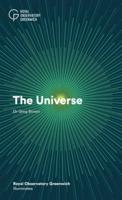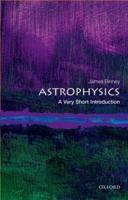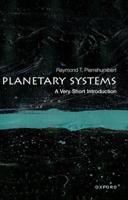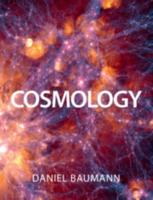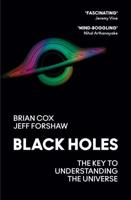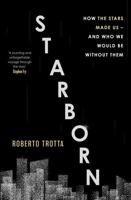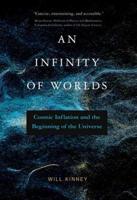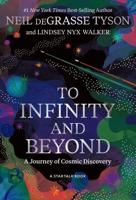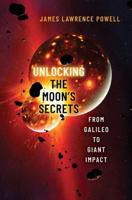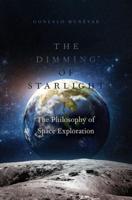Publisher's Synopsis
On 23 April 1992 a major science story appeared in newspaper headlines around the world. The announcement of the discovery of small-scale fluctuations in the cosmic microwave radiation, ripples in the cosmos, was a bolt from the blue, taking most of the world's cosmologists by surprise. What are the ripples? Why are they of such fundamental importance? What do they tell us about the beginning of the universe? In this book, cosmologist Michael Rowan-Robinson sets the discovery in its wider context, that of the search for an explanation of how galaxies, clusters of planets and even larger structures formed in a universe which was initially of almost perfect uniformity.;Astronomers have recently taken two enormous steps forward in their search for an explanation of the evolution of structure. The first was the mapping of the distribution of galaxies by the Infrared Astronomical Satellite (IRAS); the second the detection of the ripples by the Cosmic Background Explorer (COBE).;Here is an account of these discoveries: Michael Rowan-Robinson was a leading participant with IRAS. It is a story packed with anecdote and drama, culminating in a series of spectacular cosmological discoveries. These include the explanation of the rapid motion of our Galaxy through space; the demise of the hypothetical "Great Attractor"; the demonstration that the universe is filled with an exotic form of dark matter; and the detection - by the author and his colleagues - of the most luminous galaxy in the universe. Professor Rowan-Robinson goes on to describe how the IRAS discoveries and the COBE ripples are connected together, and how this has helped to solve the problem of how structure, and hence we ourselves, evolved in the universe.

